The oak has a long and venerable history in Britain and Ireland. We tend to have an affection for the plant, probably because of its famed longevity. I recall seeing an oak plantation in the Nagshead Nature Reserve in the Forest of Dean, Gloucestershire. The Royal Navy ordered the cultivation of the trees to ensure the high seas fleet had access to oak timber in the years to come. The trees were planted during the Napoleonic Wars 1803-1815, commencing in 1811. 11,000 acres were enclosed for the plantation, which was ordered on foot of a report by Admiral Nelson who expressed alarm that the natural regeneration of oaks was being prevented by hogs that consumed the acorns and deer which barked the trunks of existing trees.
When I stood back and looked carefully, I realized that despite appearances, the woodland at Nagshead is not a natural wood. The trees are even-sized and in rows. The trees have good, straight trunks from which to fashion ship planks and are now ready for harvesting.
In 2004, Admiral Nelson’s flagship, Victory, was refurbished using two of the oaks, in time for the bicentenary of the Battle of Trafalgar in 2005. The victory was commemorated in the Forest of Dean, including at the Easter Sunday Service in Lydney in 2005, an impressive occasion I was fortunate to attend.
Today, the oaks continue to grow, unharvested, no longer needed for the defence of Britain. The area is still government property, run by Forestry England, but as a nature reserve. Both oaks native to these islands, Sessile Oak Quercus petraea and Pedunculate Oak Quercus robur grow there.
Unlike the situation in England, Ireland is highly deficient in oak woods. Nearly all the oak woods are of Sessile Oak, located in upland areas in Wicklow and Kerry, and often species-poor in terms of the ground flora. The ground flora on these acid soils are typically limited; in Wicklow, the ground flora is often dominated by a dense thatch of Great Wood-rush Luzula sylvatica with Bracken Pteridium aquilinum, ferns and mosses.
Oak woods on fertile lowland soils are very rare in Ireland. This woodland type is known as oak-ash-hazel woodland. These deep, fertile soils rarely hold this native woodland, used instead for grazing livestock and for crops.
Where this woodland exists, the result is often a rich ground flora. The composition of the ground flora varies and may include Ivy Hedera helix, Wood Anemone Anemone nemorosa, Bluebell Hyacinthoides nonscriptus, Wood Avens Geum urbanum, Sanicle Sanicula europaea, Early Dog-violet Viola reichenbachiana, Lords and Ladies Arum maculatum, Ramsons Allium ursinum, Wood Speedwell Veronica montana, Barren Strawberry Potentilla sterilis, Pignut Conopodium majus, False Brome Brachypodium sylvaticum and ferns (Dryopteris filix-mas, Polystichum setiferum, Asplenium scolopendrium, Athyrium filix-femina.)
One example is the ancient wood at Charleville, Tullamore, County Offaly. This wood is remarkable for its highly impressive ancient oaks, especially the most famous Pedunculate Oak in Ireland, the “King Oak.” Even the merest glimpse lets you know that you are gazing at greatness. Massive trunk, long-limbed, and lustily luxuriant foliage, it survived a lightning strike in 1963 that left a wound but this resilient behemoth overcame this shock. It has some help; it is fairly sheltered by its neighbours and some of its lower branches are buttressed. One of the lower limbs is over 76 feet long.
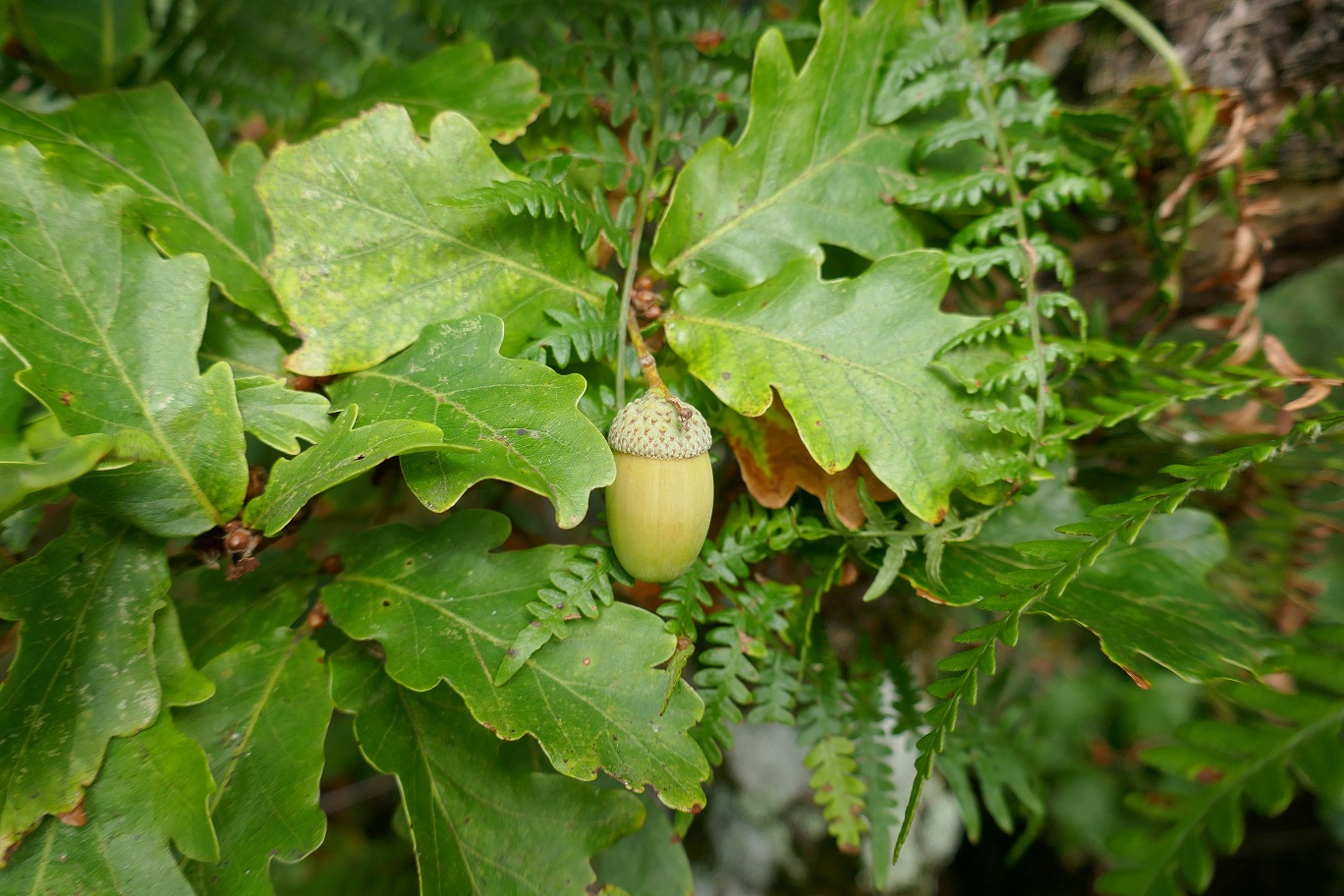
Unlike its younger, more upright fellows, the king no longer produces an abundant acorn crop. The King’s reign appears to be of several hundred years duration already. One expert has speculated that it may be 800 years old. There is no signage to describe its magnificence and importance. Why not?
There are other large oaks in the wood, and some individuals have been aged by tree-ring counts at between 350 and 450 years old. These trees are considered to be indigenous Quercus robur. In an era when we are supposed to be protecting our indigenous biodiversity, buying oaks from nurseries may be deleterious to our remaining indigenous stock, because the acorns often originate in Germany and The Netherlands. Collect your own acorns from the ancient oak wood closest to your locality to continue the aboriginal stock.
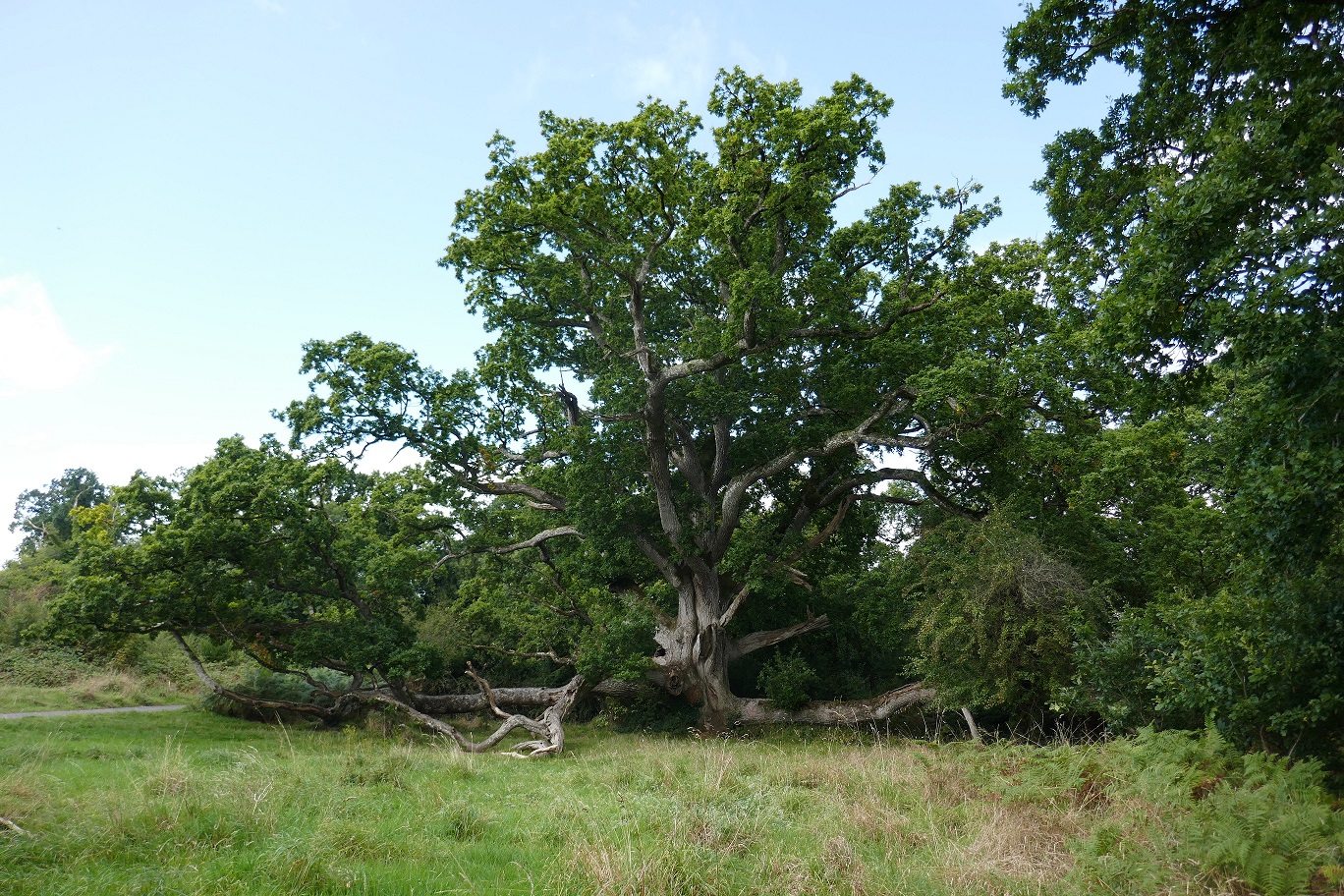
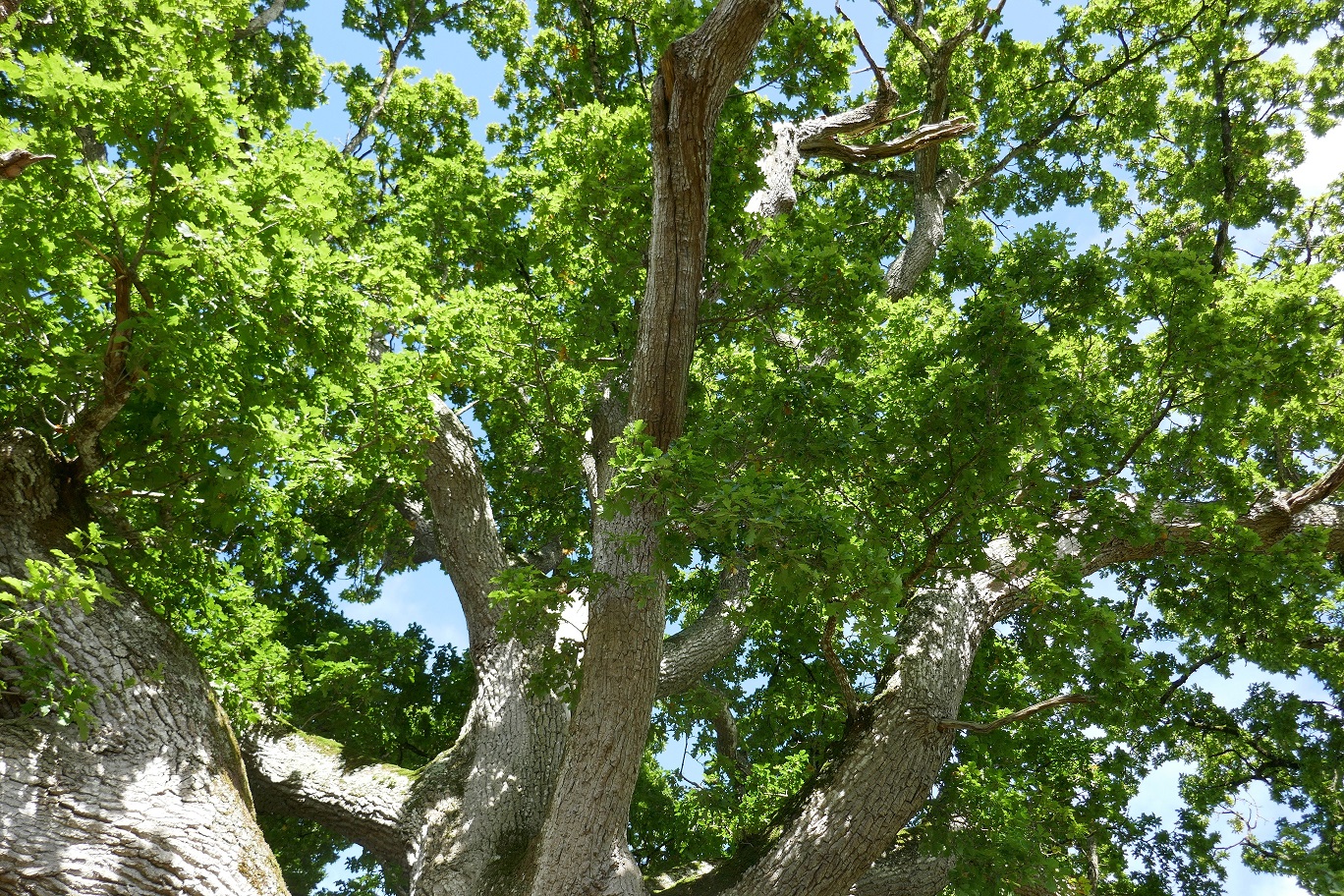
Another oak wood type is wet pedunculate oak-ash woodland. This type occurs on seasonally flooded soils. This type has a tall ground flora, consisting of plants that like water-logged or wet soils like Meadowsweet Filipendula ulmaria but also plants of drier conditions like Primrose Primula vulgaris, Common Dog-violet Viola riviniana, Enchanter’s-nightshade Circaea lutetiana, Ivy and Bramble Rubus fruticosus agg. Examples are the woodland along the River Barrow near Borris, County Carlow, Garryland Wood, County Galway, and The Gearagh, County Cork.
All three oak wood types are interesting and rich in biodiversity. Oak trees allow light to reach the ground, vital for encouraging ground flora and associated insects. The leaves, flowers, and acorns are very important food for a wide range of invertebrates and birds. Ireland’s oaks directly support at least 67 species of macro moth (they use it as a larval foodplant) and one butterfly, the Purple Hairstreak, a highly localised species given the limited distribution of its habitat. In addition, many micro-moths use oaks for food too.
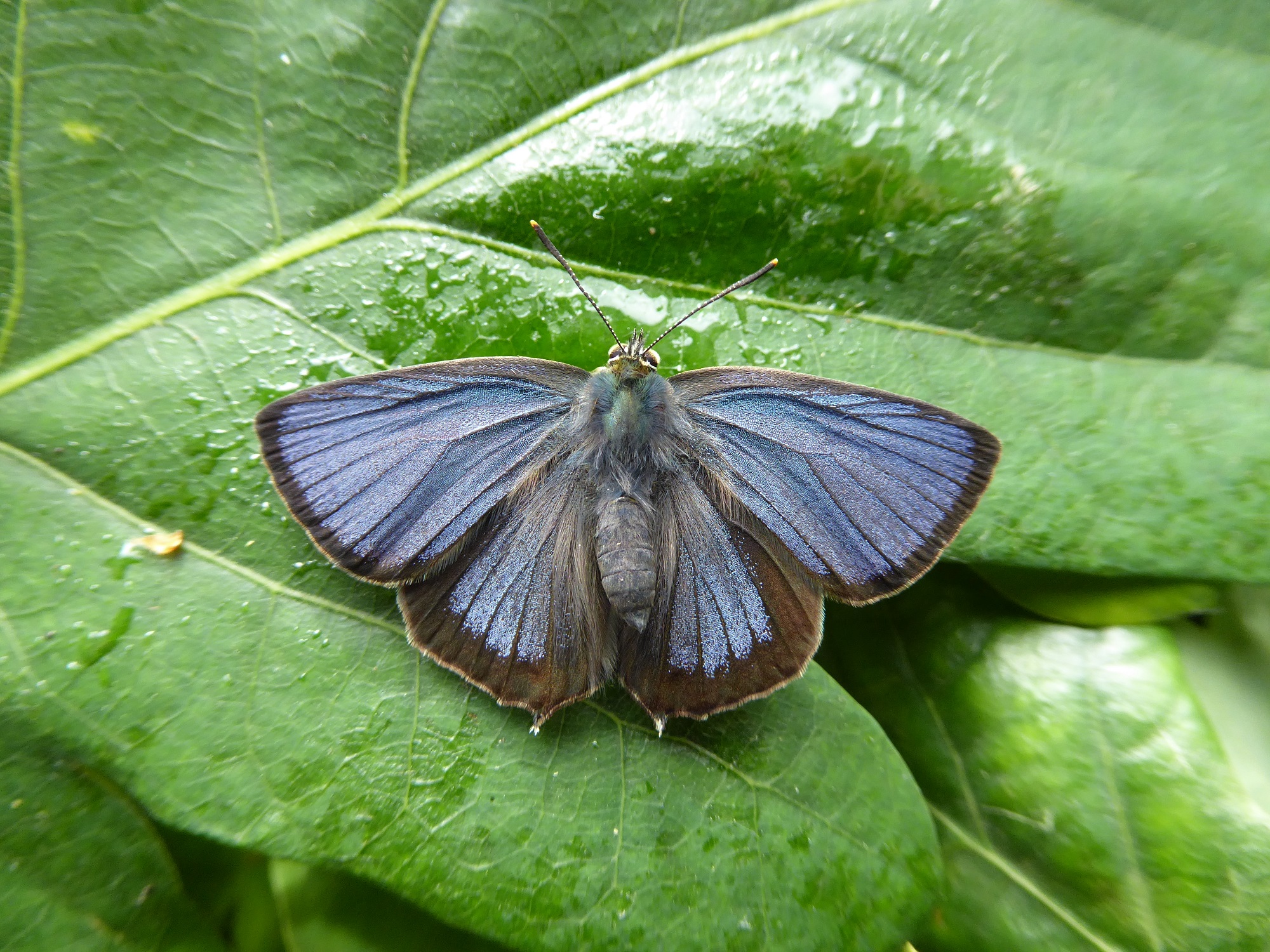
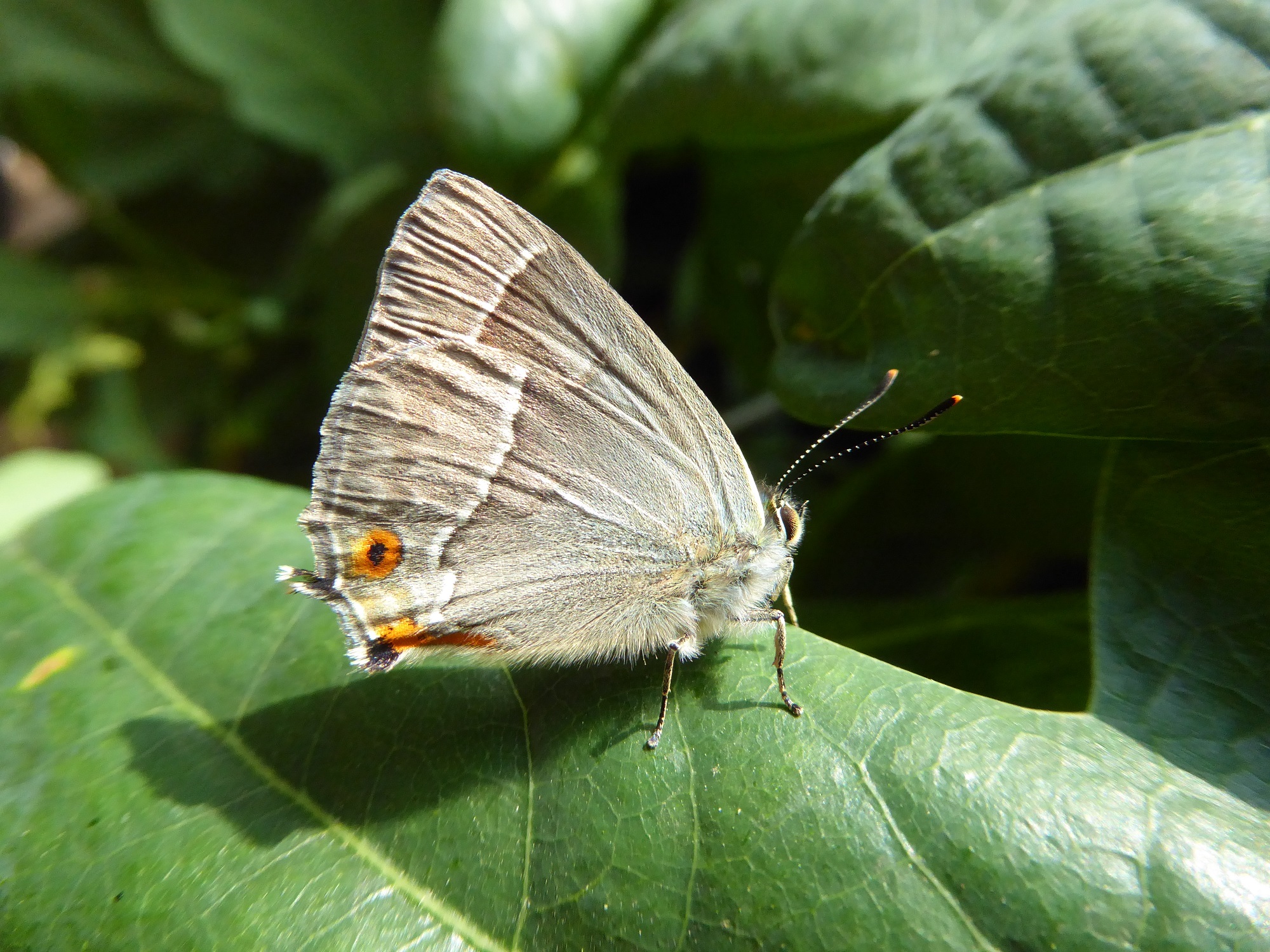
In addition, other species use oaks for food but in a less direct manner. Sap bleeds are eagerly fed on by Red Admirals, while the aphid ‘honeydew’ secreted on the leaves during July and August are fed on by many insects, including the Holly Blue, Purple Hairstreak, and Comma butterflies. The Silver-washed Fritillary lays its eggs on oak trunks which ideally contain deeply fissured bark on which the butterfly can conceal eggs and where the caterpillar can hibernate.
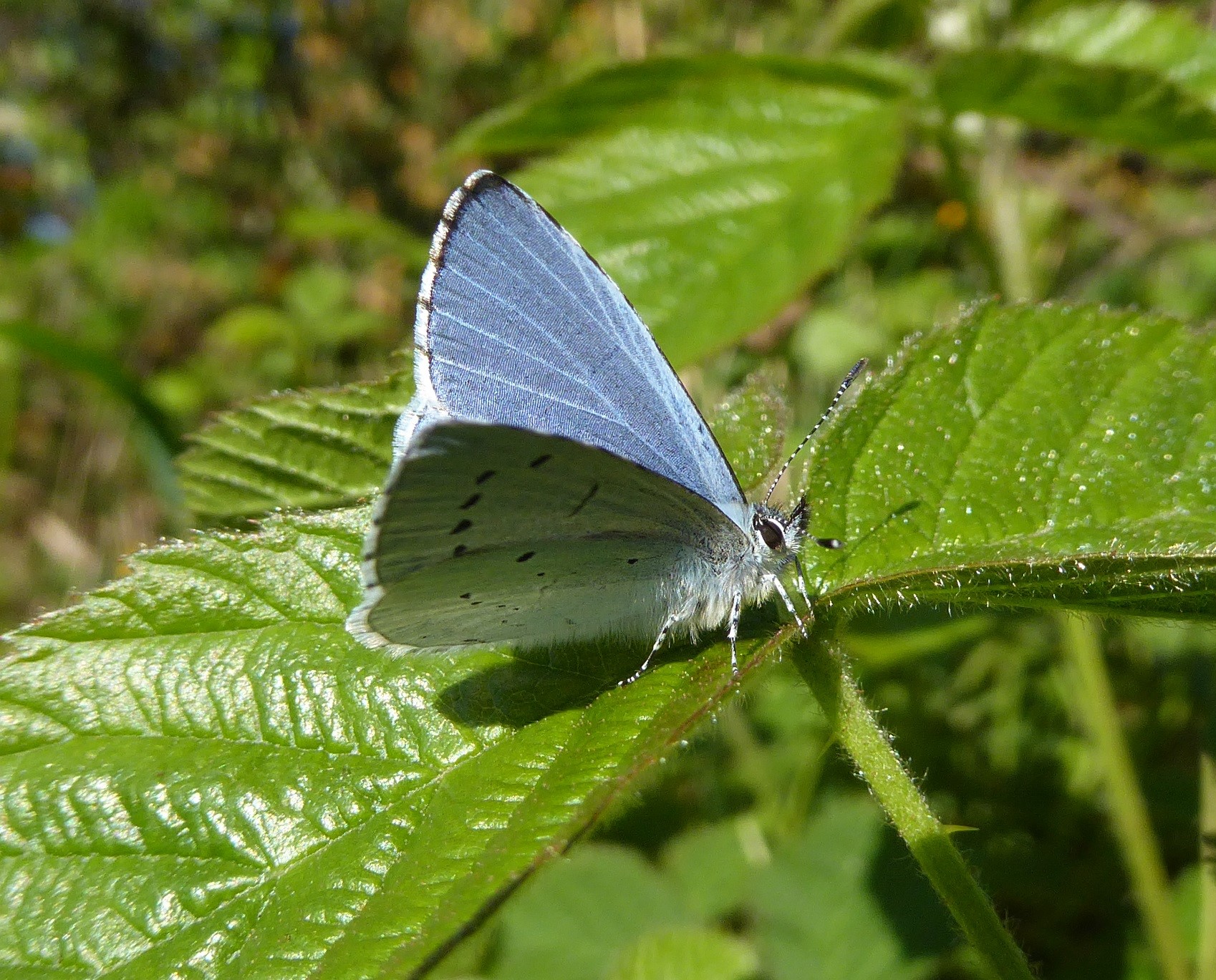
The leaf litter warms the vegetation that develops around the litter in spring, which is ideal for the caterpillar of the Silver-washed Fritillary which needs warmth around its violets to develop. The leaf litter is also fed on by some invertebrates, including some moth larvae.
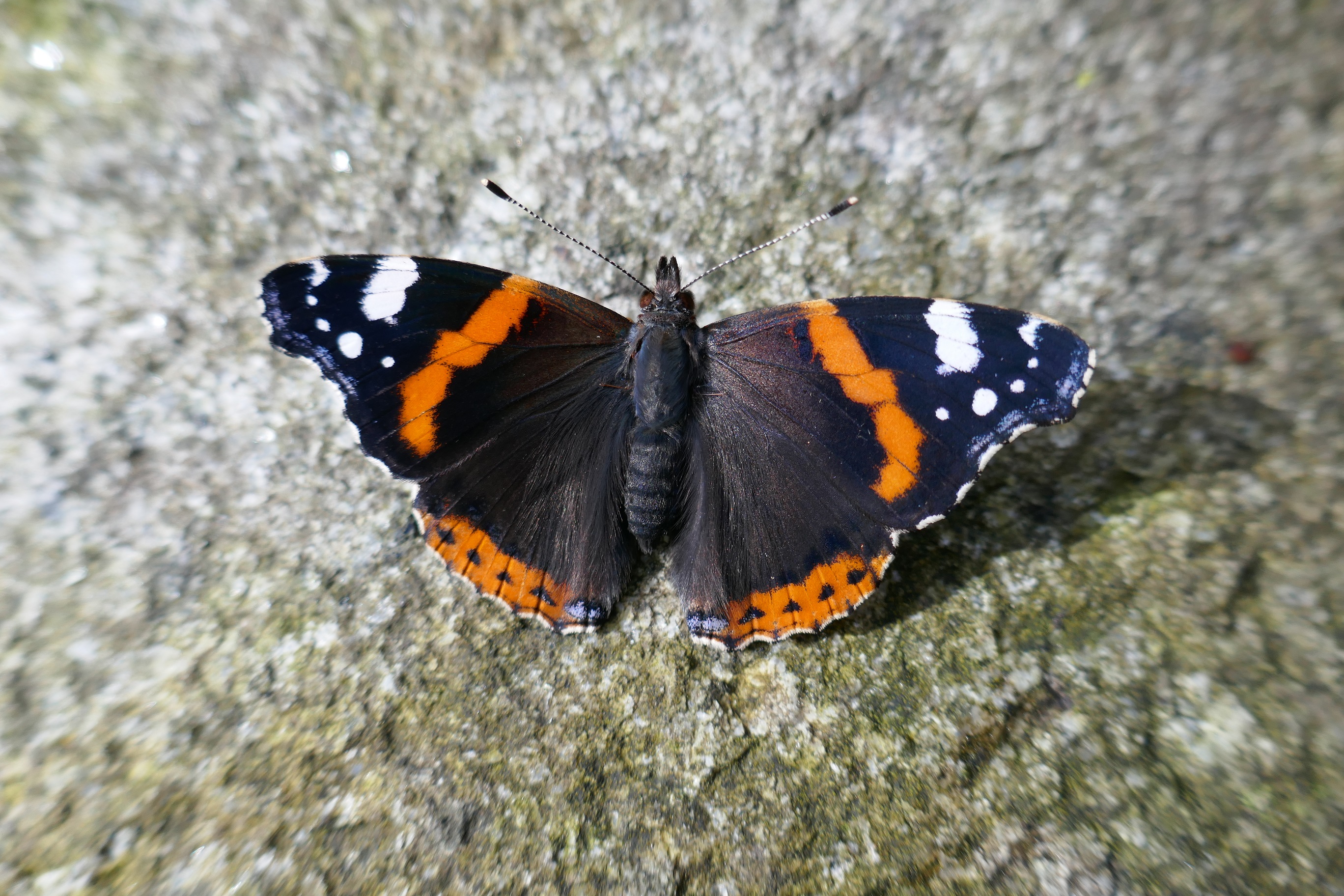
The shelter in oak woods provides a refuge for a vast range of species. Extreme temperatures are kept at bay, with a narrower range of warmth and coolness than open grassland. Thus, the woods are great for hibernating moths and butterflies. The Comma shows signs of being adapted to spending its winter in oak woods; the lobed wing outline and dead leaf underside hues help it blend among fallen oak leaves.

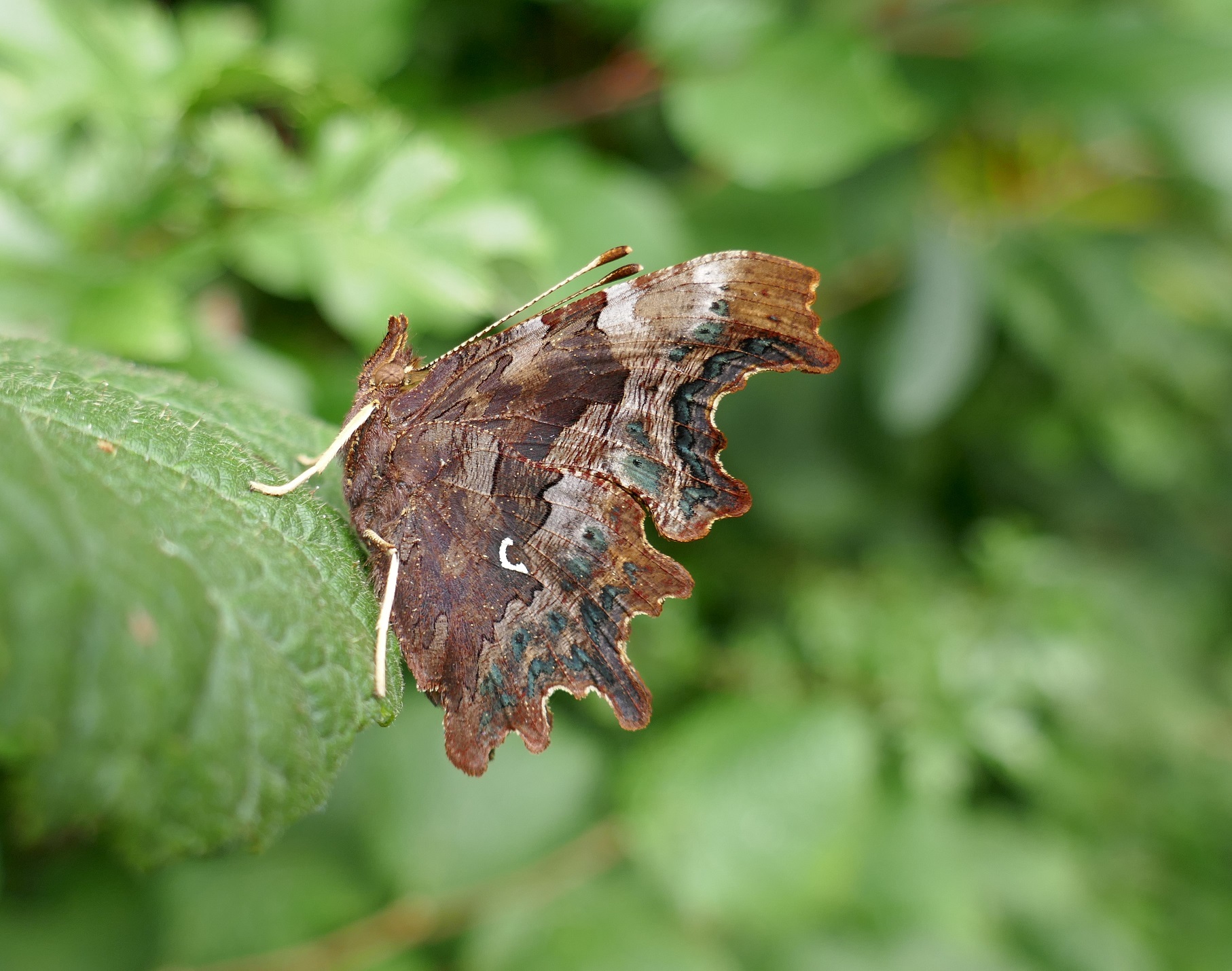
The large number of moths using oak leaves for the larval foodplant is a great draw for woodland birds seeking protein to feed their young in spring. The larvae typically start to feed on the leaves shortly after the leaves burst from their buds in spring. Oak woods are incredible places for bird song in spring and early summer, seemingly bursting with life. Sometimes nature in an oak wood surges into overdrive with serious defoliation of the trees. When this happens, the tree looks doomed but reserve buds produce new leaves and the tree survives. Old woodland that has been allowed to grow for a long time will usually have a mix of old and younger trees, resulting in a range of canopy heights, an understorey of younger or smaller tree species, a shrub layer and ground flora. These habitat layers add to the biodiversity of a woodland.
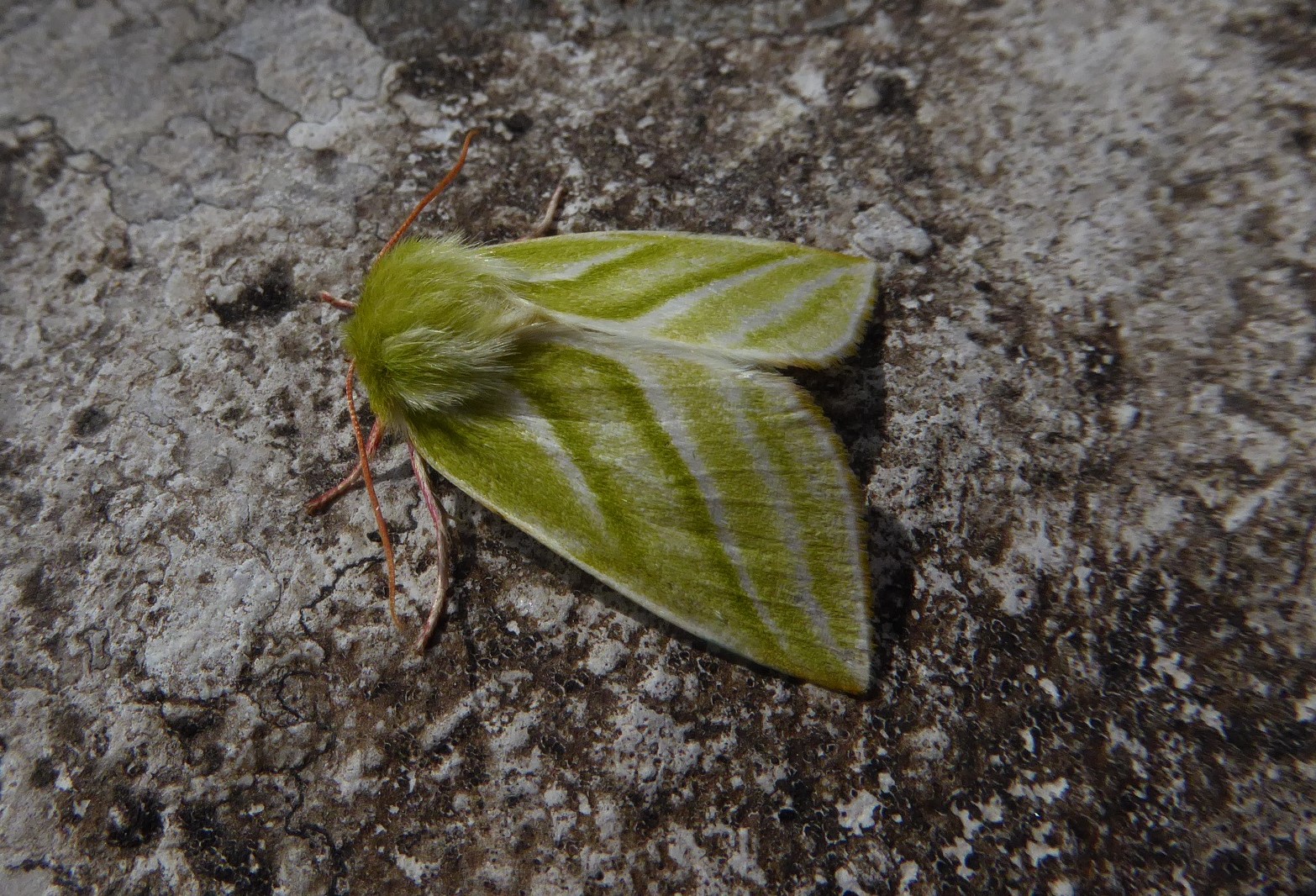
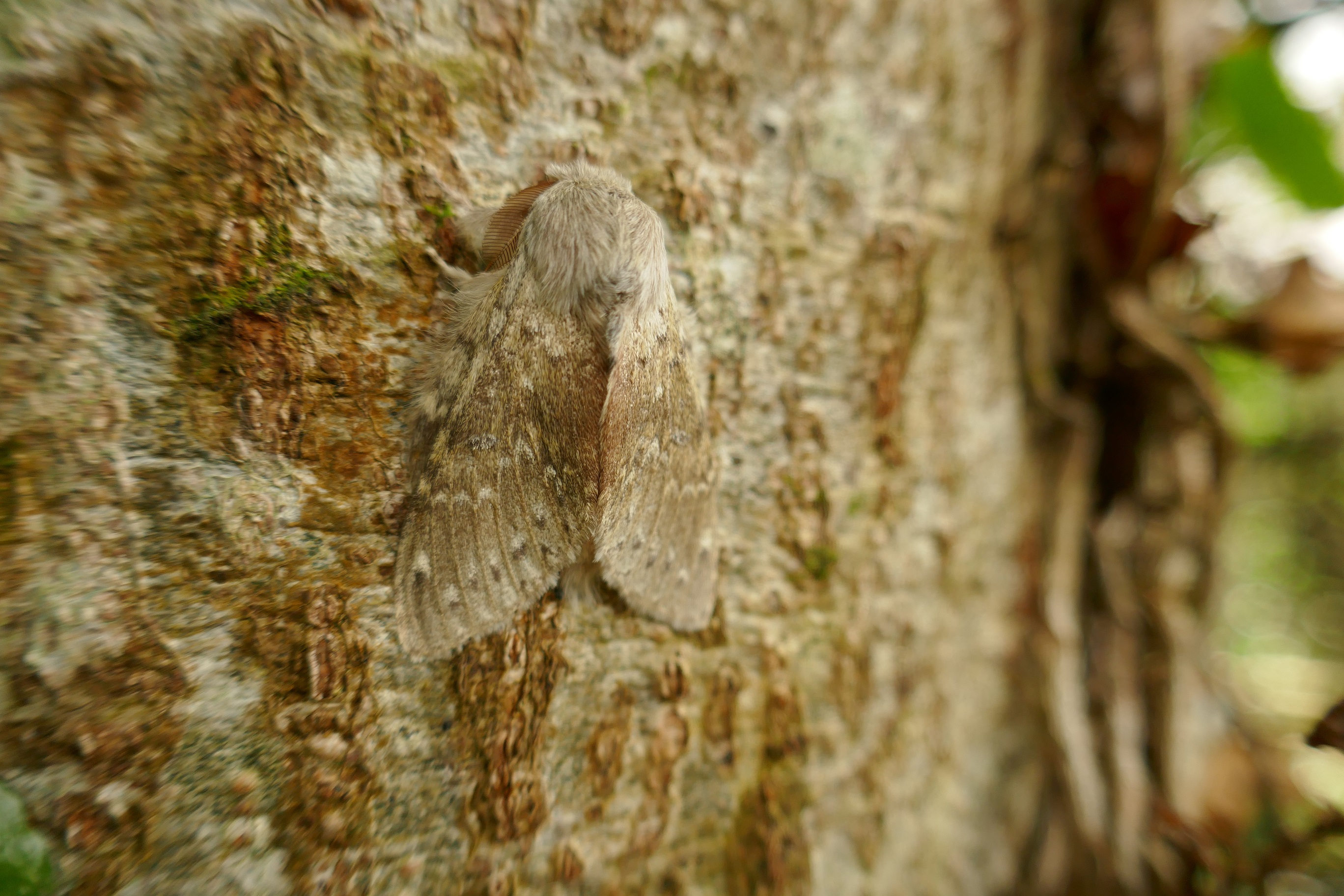
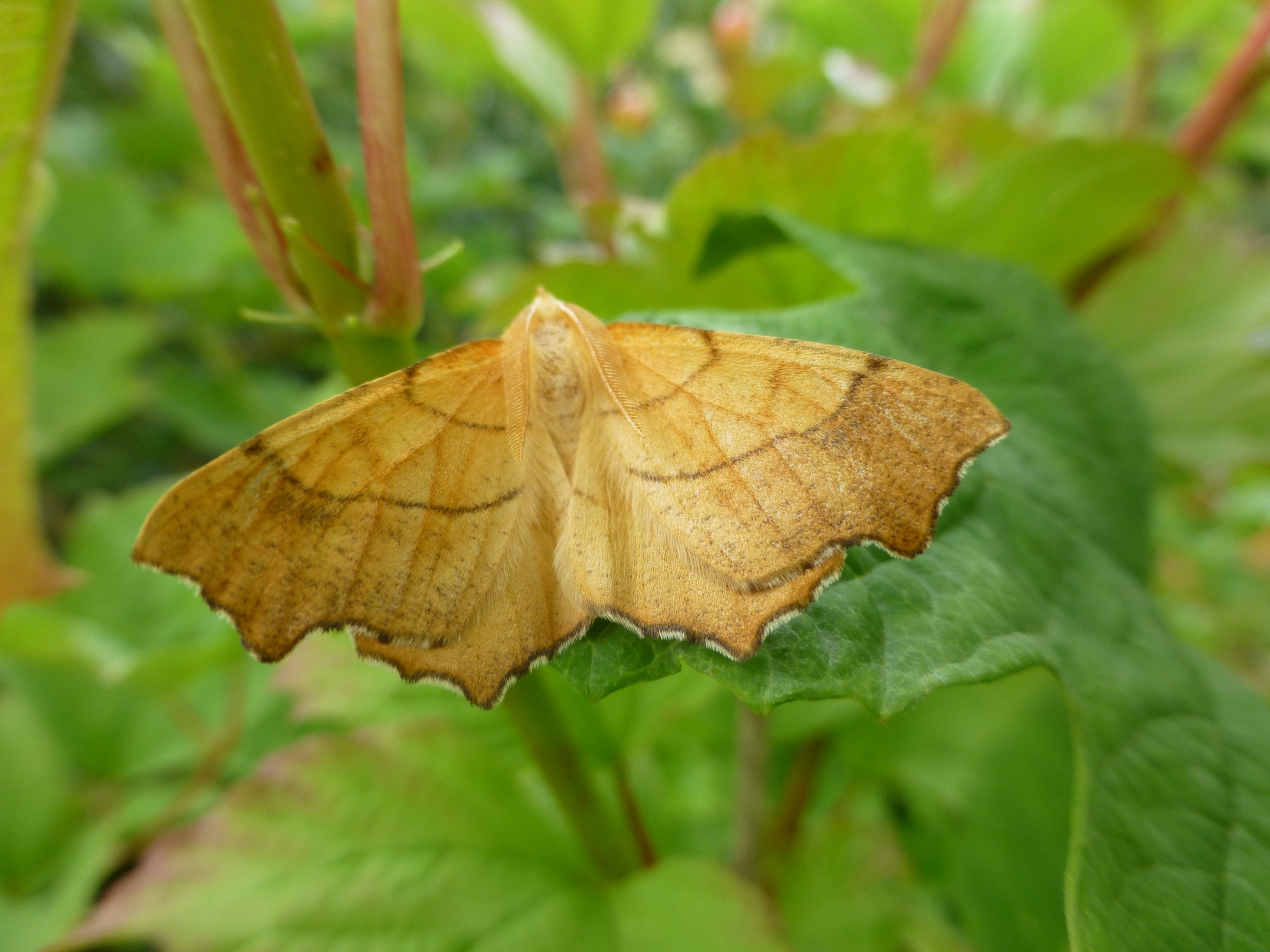
If you want to see how important our native oak woods are, take a spring walk through a coniferous plantation, typically Sitka Spruce Picea sitchensis and Lodgepole Pine Pinus contorta, alien species. These woods are even-aged, of uniform height, extremely quiet, and empty, with little or no ground flora.
Sadly, some of our oak woods contain some plantation forestry and non-native invasive shrubs, especially Cherry Laurel Prunus laurocerasus and Rhododendron Rhododendron ponticum which seriously damages biodiversity. Non-native deciduous trees, such as Sweet Chestnut Castanea sativa Sycamore Acer pseudoplatanus, and Common Beech Fagus sylvatica, do not help either, especially the latter two species, which are highly invasive and have a far lower number of associated invertebrates.
You can help by growing our native trees grown from seed from ancient sources obtained locally. If you are lucky to have plenty of space, plant a native woodland, using the nearest native wood as your template to determine the species that are naturally occurring in your area. If you have a farm but do not want to plant a woodland, plant oaks in your hedgerows and let them grow.
If you have a typical garden, try to grow one or two native trees; there are smaller trees and tall shrubs that can be accommodated: examples include Common Hazel Corylus avellana, Rowan Sorbus aucuparia, Common Holly Ilex aquifolium, Irish Whitebeam Sorbus hibernica, Common Yew Taxus baccata, Common Spindle Euonymus europaeus, Guelder Rose Viburnum opulus, Alder Buckthorn Frangula alnus and Common or Purging Buckthorn Rhamnus cathartica.
These plants greatly trump non-natives in attracting our butterflies, moths, and other invertebrates, but use plants grown from native seed and cuttings. We destroyed our lowland oak woods. Let’s put them back.
All photographs copyright J. Harding

